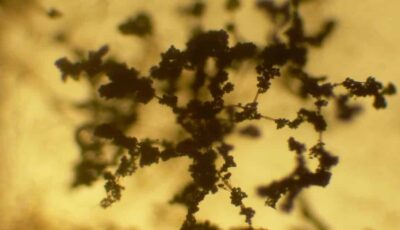F. oxysporum f. sp. lycopersici is a soil borne pathogen which can persist many years in the soil without a host. Most infections originate from the population associated with infected tomato debris. Healthy plants can become infected by F. oxysporum f. sp. lycopersici if the soil in which they are growing is infested with the pathogen (Mijatović et al., 2007).
In addition, F. oxysporum f. sp. lycopersici survives in infected plant debris in the soil as mycelium and in all its spore forms but, most commonly, especially in the cooler temperate regions, as chlamydospores in plant debris (Agrios, 2005). The fungus can be a parasite of many weeds, seeds and several other hosts, where it colonizes the cortices of roots. The pathogen can colonize as well tomato roots and then infect the xylem, where by it moves passively through the plants vascular system. Usually, infection into the xylem is favored by wounds to the roots, including those caused by the root-knot nematodes. Secondary spread of the pathogen from one plant to another seldom occurs. However, long distance dispersal of the pathogen can occur by movement of infested soil equipment, packing boxes, and workers or infested transplants. It has also been reported that the pathogen can aerially disseminate under certain environmental conditions. (Correll and Jones, 2014). (Figure 1).






